(November 22)
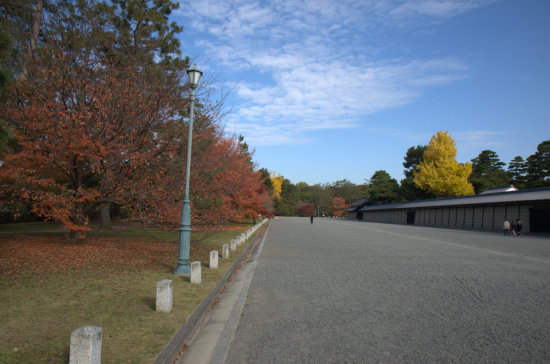
The outer wall of the Kyoto Imperial Palace, the residence of the emperor from the late Heian Period to 1869. (Kyoto was actually established as the imperial capital in 784, but the palace was originally at another location that was eventually abandoned after it was destroyed too many times by fires and civil wars.)

The only way to get inside the walls is to sign up online for one of the scheduled tours (http://sankan.kunaicho.go.jp/english/guide/kyoto.html.) This is free but it needs to be done weeks in advance.
The tour does not actually take you inside the buildings, though you can peek into some of them during good weather. However the grounds themselves are well worth seeing.

Officials who had been honored with permission to have an audience with the emperor entered the palace grounds in oxcarts through the Okurumayose gate.
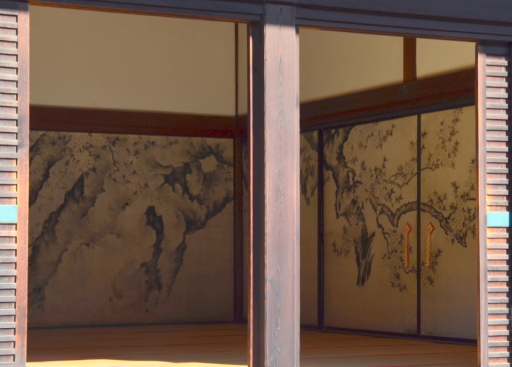
The officials then had to wait until the emperor was ready for them. Low-ranking officials waited in a room with paintings of cherry blossoms.


Middle-ranking officials waited in a room with paintings of cranes.

If you were a real high and mighty muck-a-muck you got to wait in a room with paintings of tigers.

The outer wall surrounding the Shishinden.
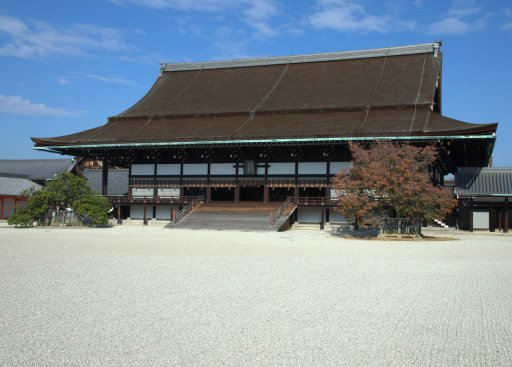
The Shishinden is the most important building on the palace grounds, used for major ceremonies such as enthronements.
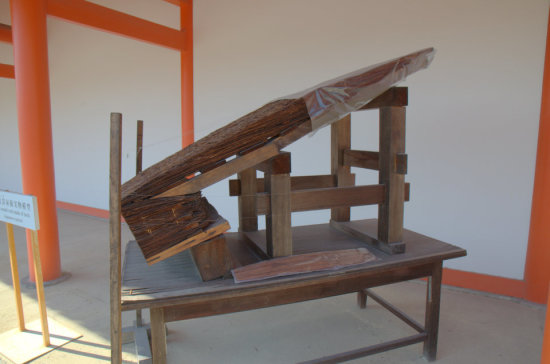
This model shows how the roofs are constructed using 80 layers of cypress bark.

The Shunkoden was build in 1915 to house the sacred mirror during the enthronement ceremony of Emperor Taisho.
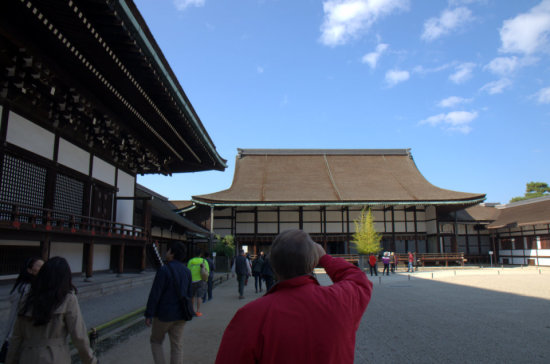
The Seiryoden is a large building that served as the emperor’s living quarters until the end of the 16th century. It is the setting for a number of scenes in The Tale of Genji.
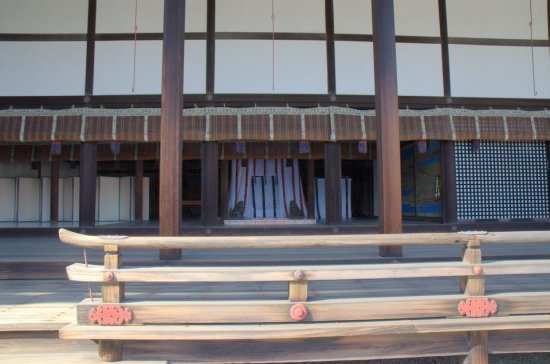
During public ceremonies this tent would conceal the emperor from the prying eyes of the riffraff in the courtyard. Shouji screens could be used to conceal the court ladies.
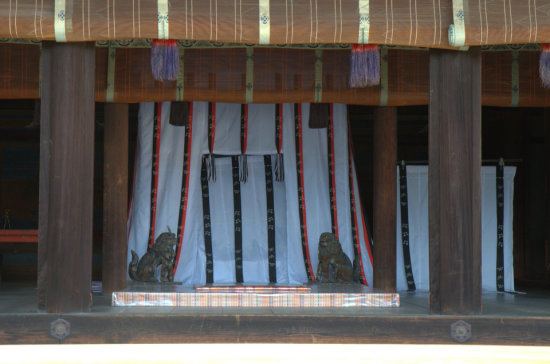

The Oikeniwa is a strolling garden built around a large pond.
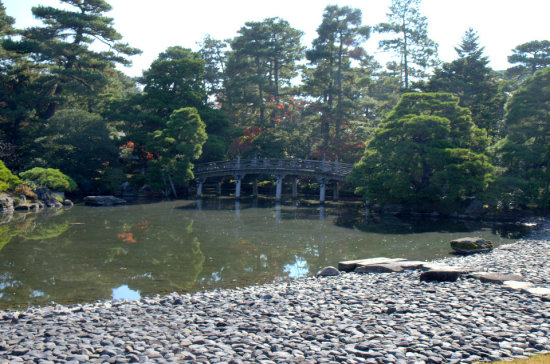
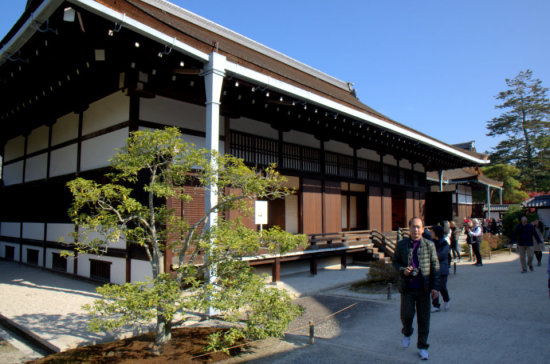
The Omima was used for unofficial festivals such as Obon and Tanabata.

It has colorful wall panels inside.
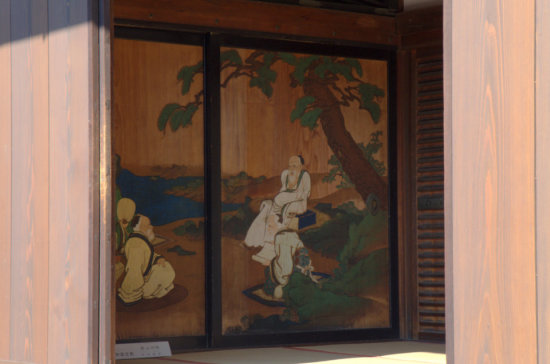

The Gonaitei is a smaller garden suitable for small parties.
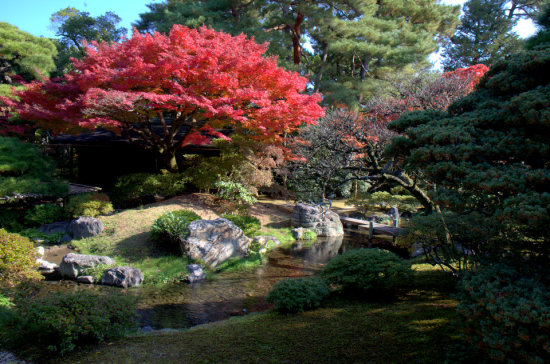
Courtiers would play a game in which a toy boat containing a cup of sake would be floated down the stream.
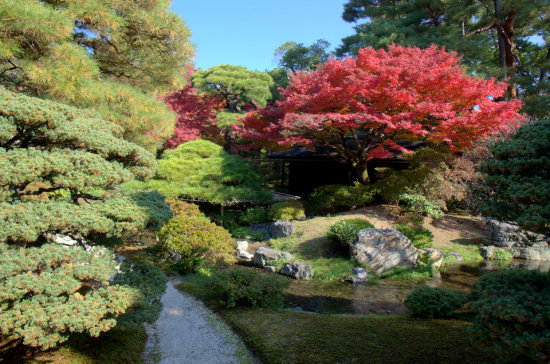
A selected courtier would be required to compose a poem between the time the boat appeared and the time it disappeared. If his effort was judged acceptable he could drink the sake. This probably made it harder to win the next round.
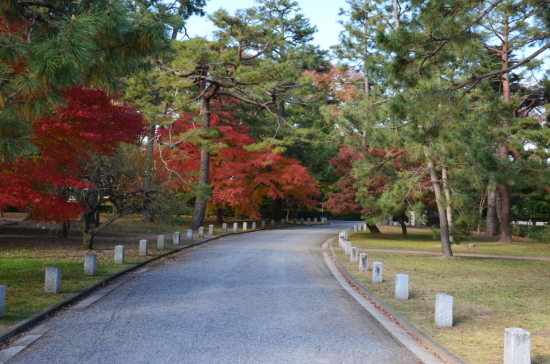
The palace is located inside a large park which requires no special reservations to visit.



